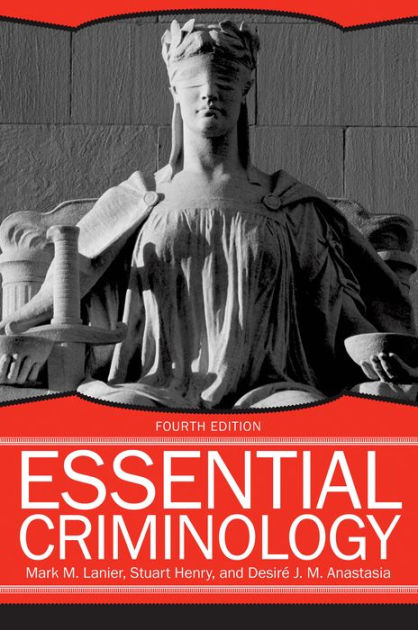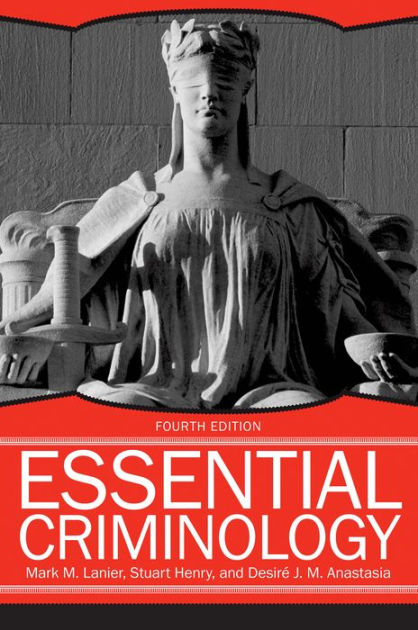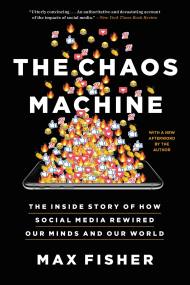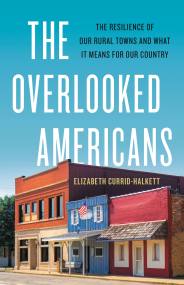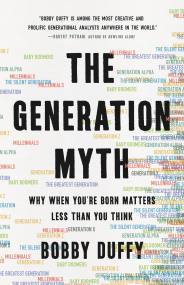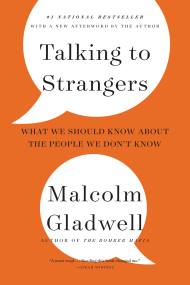Promotion
Use code MOM24 for 20% off site wide + free shipping over $45
Essential Criminology
Contributors
By Stuart Henry
By Desire’ J.M. Anastasia
Formats and Prices
Price
$33.99Format
Format:
- ebook $33.99
- Trade Paperback $52.00
This item is a preorder. Your payment method will be charged immediately, and the product is expected to ship on or around November 18, 2014. This date is subject to change due to shipping delays beyond our control.
Also available from:
In the fourth edition of Essential Criminology, authors Mark M. Lanier, Stuart Henry, and Desiré J.M. Anastasia build upon this best-selling critical review of criminology, which has become essential reading for students of criminology in the 21st century.
Designed as an alternative to overly comprehensive, lengthy, and expensive introductory texts, Essential Criminology is, as its title implies, a concise overview of the field. The book guides students through the various definitions of crime and the different ways crime is measured. It then covers the major theories of crime, from individual-level, classical, and rational choice to biological, psychological, social learning, social control, and interactionist perspectives. In this latest edition, the authors explore the kind of criminology that is needed for the globally interdependent twenty-first century. With cutting-edge updates, illustrative real-world examples, and new study tools for students, this text is a necessity for both undergraduate and graduate courses in criminology.
Genre:
- On Sale
- Nov 18, 2014
- Page Count
- 464 pages
- Publisher
- Avalon Publishing
- ISBN-13
- 9780813348865
Newsletter Signup
By clicking ‘Sign Up,’ I acknowledge that I have read and agree to Hachette Book Group’s Privacy Policy and Terms of Use
